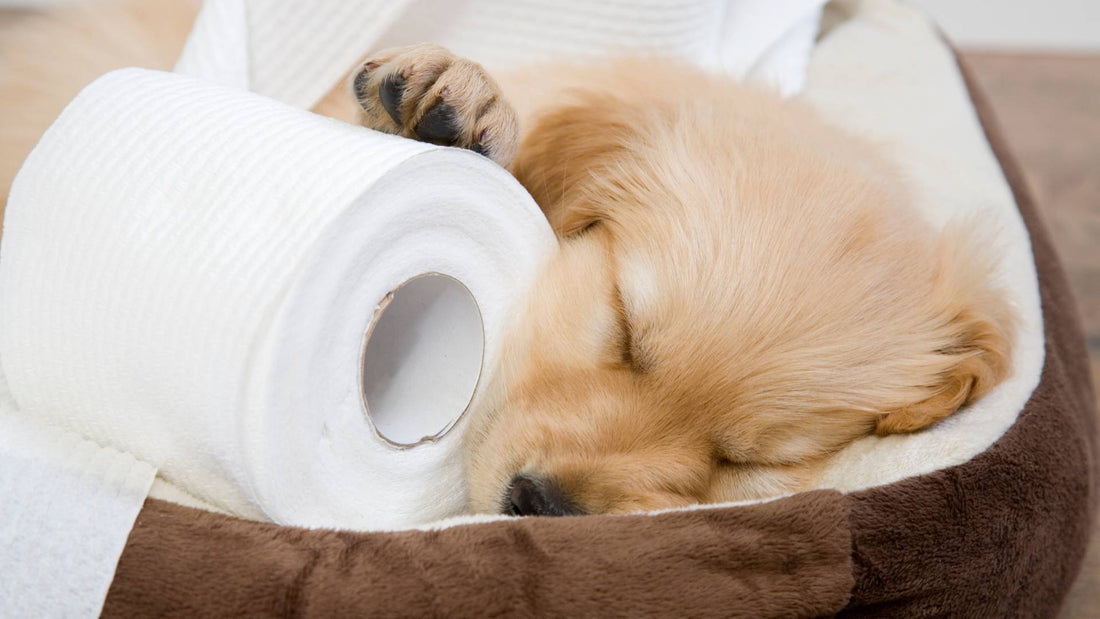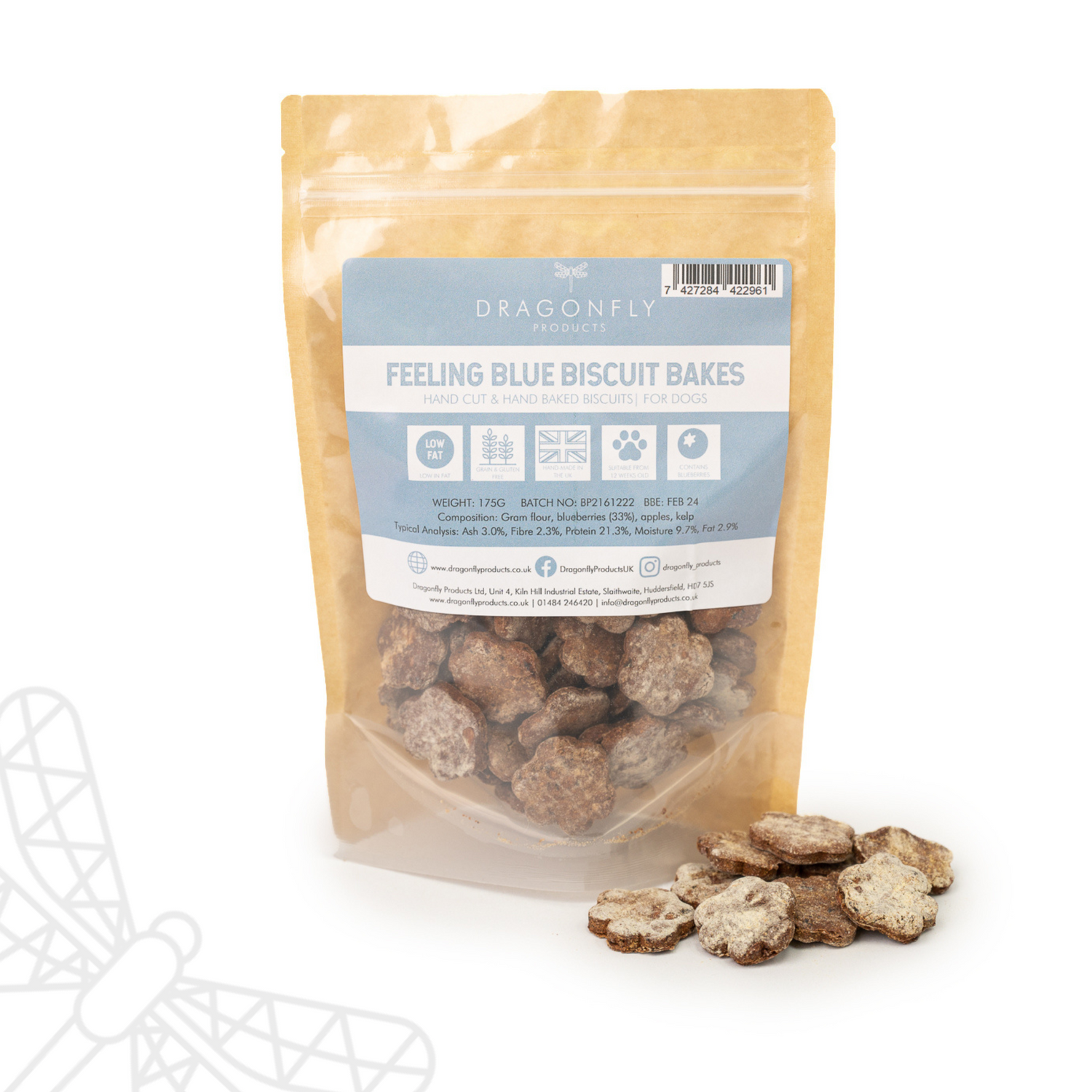
Top 10 Tips on Toilet Training Your Puppy
Bringing home a new puppy is an exciting and joyous experience. However, along with all the cuddles and playtime, comes the responsibility of toilet training your new family member. Toilet training is a crucial aspect of raising a well-behaved and happy puppy. It requires patience, consistency, and understanding. If you're a new puppy parent looking for some guidance on toilet training, we've got you covered. In this article, we'll share our top 10 tips to make the process smooth and successful.
Table of Contents
- Top 10 Tips for Puppy Toilet Training
- At what age will my puppy be toilet trained?
- Should I use puppy training pads?
Top 10 Tips for Puppy Toilet Training
1. Start Early: The earlier you begin toilet training, the better. Puppies have a natural instinct to develop habits quickly, so start the process as soon as you bring your puppy home. Usually, puppies are ready to start training at around 8-12 weeks of age.
2. Establish a Routine: Consistency is key when it comes to toilet training. Establish a fixed routine for feeding, playtime, and bathroom breaks. Take your puppy outside to their designated toilet spot after meals, naps, and play sessions. This routine will help them understand when and where to do their business.
3. Observe and Anticipate: Watch your puppy's behaviour for signs that they need to go toilet. Sniffing around, circling with their nose to the ground, or whining are common indicators. When you notice these signs, take them outside immediately. Anticipating their needs will prevent accidents inside the house.
4. Praise and Reward: Positive reinforcement is a powerful tool in toilet training. When your puppy goes to toilet in the right spot, shower them with praise, strokes, and small treats. This positive association will motivate them to repeat the behaviour.
5. Stay Calm and Patient: Accidents are bound to happen during the training process. Never scold or punish your puppy for making mistakes. Stay patient, and remember that they are still learning. Shouting or showing frustration will only make them anxious and hinder their progress.
6. Supervise and Limit Space: During the initial stages of toilet training, keep a close eye on your puppy. Supervision is essential to catch any signs of them needing to go to toilet. You can also limit their access to the house by using baby gates or keeping them in a confined area or crate when you cannot supervise.
7. Use Crate Training Wisely: Crate training can be a valuable tool in toilet training when used correctly. Dogs have an instinct to keep their sleeping area clean, so a crate that's appropriately sized can prevent them from soiling it. However, never use the crate as a punishment or leave your puppy inside for extended periods (apart from during the night).
8. Clean Accidents Thoroughly: If accidents happen indoors, clean them up thoroughly with an enzymatic cleaner. Standard household cleaners may not remove the scent entirely, and the residual odor might encourage your puppy to repeat the behaviour in the same spot. Top tip: White vinegar is also good to spray on repeat behaviour spots to eliminate the urine odour.
9. Be Mindful of Timing: Puppies have limited control over their bladders, so avoid giving them water or food right before bedtime. (For this reason we don't recommend leaving a water bowl in the crate with them.) Take them outside for a toilet break just before you go to bed (even if you have to wake them) to minimise the chances of nighttime accidents.
10. Stay Consistent and Don't Give Up: Toilet training takes time and dedication. Stay consistent with the routine, positive reinforcement, and supervision. Don't get discouraged by setbacks or slow progress. Each puppy is unique and will learn at their own pace.
Remember, toilet training is a learning experience for both you and your puppy. It strengthens the bond between you and sets the foundation for a lifetime of good habits. Celebrate the successes, be patient with the challenges, and enjoy the journey of raising a well-mannered and happy pup!
At what age will my puppy be toilet trained?
The age at which a puppy will be fully toilet trained can vary depending on several factors, including the individual puppy's breed, temperament, and the consistency of training provided by the owner. Generally, most puppies can be toilet trained by the time they are between 4 to 6 months old, but some may take longer.
Puppies have smaller bladders and less control over their bodily functions compared to adult dogs. At around 8 to 12 weeks of age, puppies can begin learning the basics of toilet training, and they can start to understand the concept of going potty outside. However, accidents are still common at this age, and consistent training is essential.
Between 3 to 6 months old, many puppies will start to show significant progress in toilet training. They will better understand the routine, give clearer signs when they need to go outside, and can hold their bladder for longer periods. However, even at this stage, occasional accidents may still occur.
By 6 months old, most puppies should have a good grasp of toilet training, but it's important to remember that individual differences exist. Some puppies may achieve full toilet training earlier, while others might take a little longer.
Should I use puppy training pads?
Using puppy training pads can be a personal choice and may depend on your specific circumstances and preferences. Puppy training pads can be helpful in certain situations, but they are not necessary for every puppy or training scenario. Here are some factors to consider when deciding whether to use puppy training pads:
1. Living Situation: If you live in an apartment or a house without easy outdoor access, puppy training pads can be a convenient solution, especially during the early stages of toilet training when your puppy may not have full bladder control.
2. Work Schedule: If you have a busy work schedule that keeps you away from home for extended periods, puppy training pads can provide your puppy with an indoor toilet option while you're away. This can help avoid accidents and prevent your puppy from holding their bladder for too long.
3. Weather Conditions: In areas with extreme weather conditions, such as very cold winters or scorching summers, puppy training pads can be a backup option when going outside is challenging or uncomfortable for your puppy.
4. Health Issues: If your puppy has health issues that make it difficult for them to go outside regularly, puppy training pads can be a temporary solution until their health improves.
5. Transitioning to Outdoor Toileting: For some puppy owners, using training pads can be a transitional step to eventually teaching their puppy to go to toilet outside. Over time, you can gradually move the training pad closer to the door and eventually eliminate them once your puppy is reliably going outside.
On the other hand, there are some potential downsides to using puppy training pads:
1. Confusion: Using puppy pads might confuse your puppy about where it's appropriate to toilet, as they may not distinguish between the training pad and other soft surfaces in the house, such as rugs or carpets.
2. Extended Indoor Habits: Puppy pads might inadvertently encourage your puppy to develop a preference for going to toilet indoors, which could be challenging to change later on.
3. Environmental Impact: Puppy training pads generate waste and may not be the most eco-friendly option, especially when used for an extended period.
4. Regular Replacement and Cleaning: You'll need to consistently replace soiled pads and clean the area around them to maintain a hygienic living space.
In summary, using puppy training pads can be beneficial in certain situations, but it's essential to use them strategically and be mindful of the potential drawbacks. If you decide to use training pads, it's still important to work towards transitioning your puppy to go potty outside and provide consistent outdoor training to establish good habits in the long run.
So there you have it, our toilet training 101! Hope that you found this of some benefit.
For any further help and advice please contact us on 01484 246420 and why not join our social media channels and online community on Instagram, Facebook or YouTube.
With Wags and Woofs,
Laura, Dolly & Reggie


